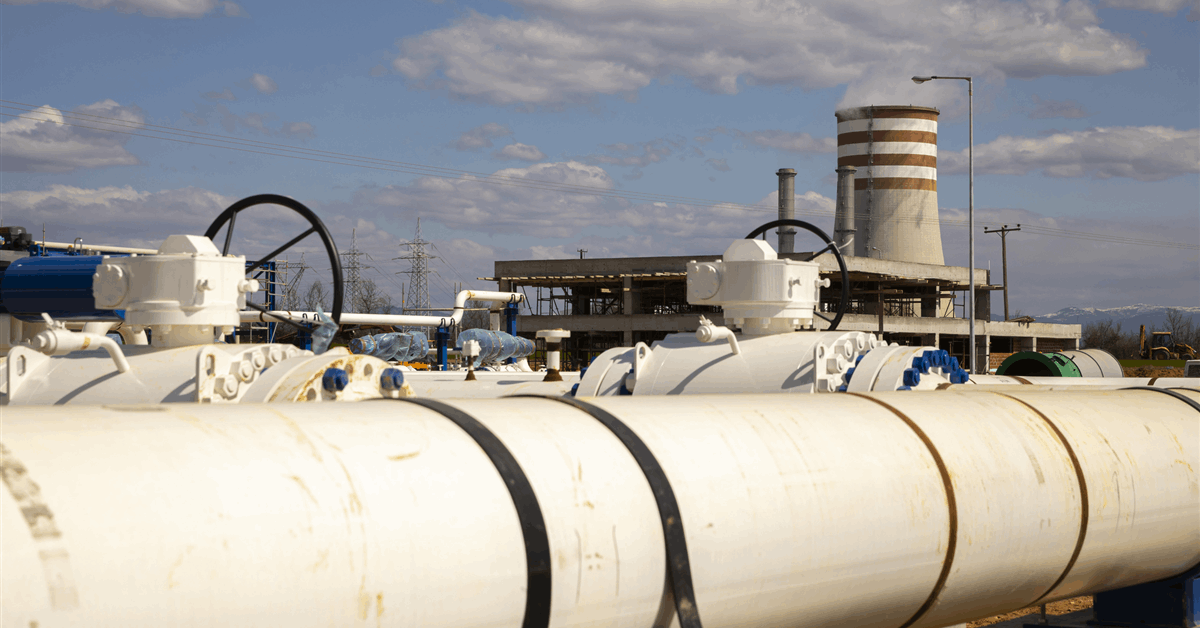
An analysis piece sent to Rigzone by the S&P Global team on Monday stated that U.S. crude oil production is now expected to decline next year.
“Slowing global oil demand amid extreme uncertainty about the future of U.S. trade and a coming supply surplus are expected to hobble U.S. oil production growth later this year and could lead to an annual decline in output in 2026, according to a new analysis by S&P Global Commodity Insights,” the analysis piece – by Jim Burkhard, Vice President and Global Head of Crude Oil Research, Ian Stewart, Associate Director, and the S&P Global Commodity Insights Crude Oil Markets team – stated.
The piece noted that the latest update to the S&P Global Commodity Insights Global Crude Oil Markets Short-term Outlook now expects global oil demand growth to average 750,000 barrels per day in 2025. The analysis piece highlighted that this was a downward revision of 500,000 barrels per day from the prior outlook.
“The new demand outlook represents a significant shift in momentum following strong oil demand growth in the first quarter of the year when demand grew by an estimated 1.75 million barrels per day year over year,” the piece stated.
“In contrast, demand growth for the remaining quarters of [the] year is now expected to average 420,000 barrels per day,” it added.
“As a result of the declining demand outlook and expected supply surplus (likely widened by recent OPEC+ decisions to accelerate the pace of production increases), U.S. crude oil production is now expected to decline in 2026 – the first year-on-year decline in U.S. production in roughly a decade, excluding the 2020 Covid-19 pandemic,” it went on to state.
The analysis piece noted that total U.S production for 2025 is expected to average 13.46 million barrels per day before falling back to 13.33 million barrels per day for 2026.
S&P Global’s analysis pointed out that the report findings are based on a price outlook of mid to low $60s per barrel for Dated Brent, and low $60s or high $50s per barrel for West Texas Intermediate (WTI), on a monthly average basis for the remainder of the year. The analysis warned that additional downside risk exists if there is little progress toward easing newly imposed trade barriers and if OPEC+ continues to accelerate the unwinding of production cuts.
“Although the magnitude of a potential economic and oil demand downturn is as uncertain as the future course of U.S. tariffs, the impact will be negative,” Burkhard said in the analysis.
“Initial warning signs of a potential downturn are only starting to come into view. The level of severity is now the big question,” he added.
“U.S. oil production growth has been a dominant feature in the oil market since 2022. A price-driven decline in U.S. production would be a pivot point for the oil market – and set conditions for a potential price recovery,” he went on to state.
“But much will depend on the severity of an economic slowdown and the impact on demand growth beyond 2025,” Burkhard continued.
Stewart said in the analysis, “dizzying changes to U.S. tariffs – both real and proposed – are taking their toll on market sentiment”.
“Our current outlook assumes that there will ultimately be some movement away from trade barriers to China as well as signs of progress in U.S. trade talks with Europe, Japan, and other major trading partners,” he added.
“That means that the risk for additional downside is very real. Any periods of price strength are likely to be fragile,” Stewart warned.
Rigzone has contacted the White House, the U.S. Department of Energy (DOE), the American Petroleum Institute (API), and OPEC for comment on S&P Global’s analysis. At the time of writing, none of the above have responded to Rigzone.
In its latest short term energy outlook (STEO), which was released on May 6, the U.S. Energy Information Administration (EIA) lowered its U.S. crude oil production forecast for 2025 and 2026 but still expected a rise in output this year and next year.
The EIA’s May STEO projected that U.S. crude oil production will average 13.42 million barrels per day in 2025 and 13.49 million barrels per day in 2026. It highlighted that this output came in at 13.21 million barrels per day in 2024.
In its previous STEO, which was released in April, the EIA forecast that U.S. crude oil production would average 13.51 million barrels per day this year and 13.56 million barrels per day next year. That STEO also pointed out that U.S. crude oil output averaged 13.21 million barrels per day last year.
To contact the author, email [email protected]





















